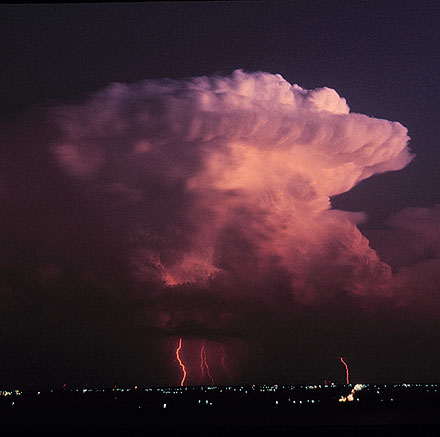Sunday, November 5, 2017 5 P.M.
A cold front will sweep across the area tonight bringing an end to the recent warm weather. The warm air has brought an unusually large amount (for November) of moisture into the lower Ohio Valley, so the colder air looks as thought it’ll arrive along with rain, thunder and strong winds. just how strong the winds will be is the primary concern now.
This system has plenty of wind fields, convergence patterns and overall dynamics which provide an important side of the severe weather equation. However, the thermodynamic part of the equation, while sufficient for severe storms now (from southern Missouri to central Indiana), is forecast to weaken quickly over the next few hours.
A similar system last spring stayed active all night creating probably our worst severe weather outbreak of this year. Chances for a repeat don’t look too high to me – storms along the front are not nearly as strong or widespread as the previous case.
Here’s what I expect to happen: A line of strong-to-severe thunderstorms to our west will move rapidly (30-40 mph) east this evening and be located from about western Ky to Evansville to Indy by 9 P.M. This line of thunderstorms will cross the Louisville area from about 10 P.M. until 1 A.M. After that, the frontal storms will race eastward across the rest of KY.
In terms of what is called “sensible” weather, the Louisville area can expect…
8 – 10 P.M. – Strong, gusty southerly winds will precede the line of thunderstorms. Winds should gust from 25-35 mph with some gusts reaching to around 40 mph.
10 P.M. – 1 A.M. Line of strong storms sweeps rapidly through the area. Winds should gust to 40-50 mph with a few higher gusts. Gusts over 50 mph should occur mostly north of Louisville. Brief periods of heavy rain are likely and some of the strongest storms may produce small hail. Power outages and some tree/limb damage are likely. However, such areas should be localized and not widespread.
AFTER 1 A.M. – Rain fades quickly but wind gusts remain in the 25 – 35 mph range for a couple of hours before fading by morning. One note of caution: The area roadways will probably be covered in leaves by morning. Wet leaves on the roads can be almost as slippery as ice. Be advised.
